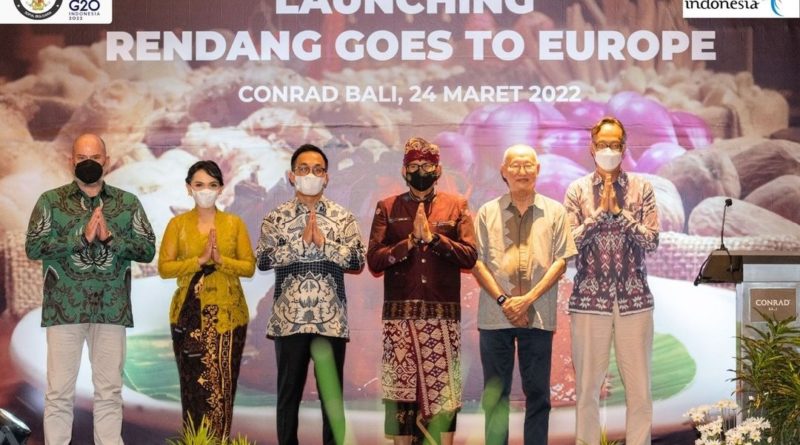Ringkasan Mingguan
Umum
Assalamualaikum Wr Wb
Welcome to Cross Culture Management Class
Lecturers

Dr. NOVA MARDIANA, S.E., M.M. Dina Safitri, S.E., M.Si.The Cross - Cultural Management course is a course that aims to improve students ' ability patterns in terms of personal and managerial communication at a multicultural global level . This capability is expected to be useful in the work environment of a company or other organization, especially if the organization is at a multinational level which allows many of its employees to have different cultural backgrounds.
Cross-cultural management in the learning process will provide students with an understanding of the cultural characteristics of various nations/countries so that they have a sensibilities for cultural differences which in the end will be able to lead them to decide how to manage these differences.
RPS Cross Culture Management
https://drive.google.com/file/d/1SCXTEKDxdtAHv1uCUweW2w3JJvvV2UoZ/view?usp=drive_link
send your CBL report here..
1st session, Introduction
1st discussion CROSS CULTURAL MANAGEMENT


2nd session, Ch 1. Basic Concepts of Cross-Cultural Management Ch 2. Dimensions of Cultural: Hofstade and GLOBE
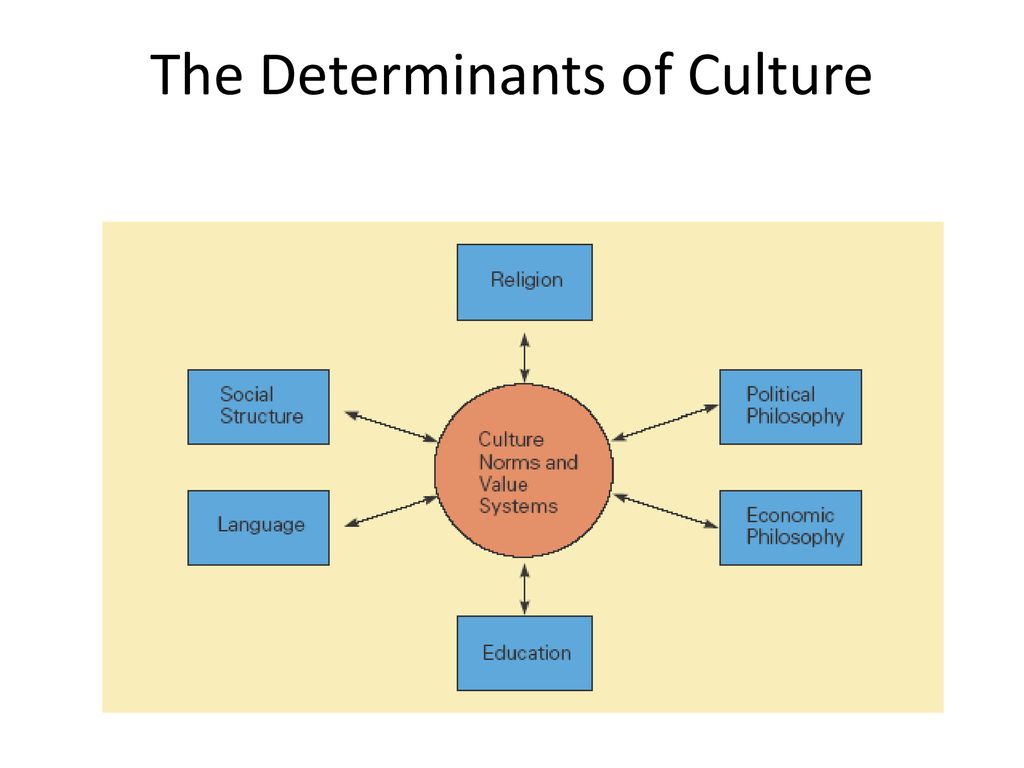
Chapter 1 Determinants of culture
Chapter 1 examines the very concept of culture, its facets as well as the role of norms and values. The levels at which culture operates – from family through organisation to society – are also described. Organisational culture as a ‘metaphor’ is briefly explored.
The chapter is divided into a preface and two concepts:
● Preface: organisational culture and ethnography.
● Concept 1.1 Facets of culture. After giving a short definition of the word ‘culture’ and its various ‘layers’, the concept will analyse the meaning of value systems for societies.
● Concept 1.2 Levels of cultures. This concept considers the levels of cultures ranging from national to organisational level and examines those elements that define them.

Chapter 2 Dimensions of culture: Hofstede and GLOBE
Chapter 2 explores cultural dimensions in the business context with particular reference to research by Geert Hofstede and GLOBE (Global Leadership and Organizational Behaviour Effectiveness), an ongoing research project. It also puts forward criticisms concerning the cultural dimension construct, particularly that devised by Hofstede.
The chapter is divided into a preface and two concepts:
● Preface: a model from social anthropology.
● Concept 2.1 Hofstede’s national cultural dimensions. The five dimensions developed by Hofstede are explained, and the extremes of each characterised in terms of manage- ment and business. The criticisms made about Hofstede’s research method as well as about the characterisation of national cultures are also outlined.
● Concept 2.2 Cultural dimensions according to GLOBE. The nine cultural practice dimensions devised by the GLOBE project are reviewed. A brief exploration of societal cultures practices (‘As Is’) and values (‘Should Be’) exemplifies how these values and practices affect organisational culture on all nine dimensions of organisational cultural practice.
2nd discussion CROSS CULTURAL MANAGEMENT
3rd session, Ch 3. Business Culture in the Western World Ch 4. Business Culture in Asia, Africa and the Middle East

Chapter 3 Business cultures in the Western world
This chapter, together with Chapter 4, gives an overview of business cultures in the world. The culture clusters as devised by GLOBE and presented in Chapter 2 are the starting point.
The chapter is divided into a preface and two concepts:
● Preface: two approaches to the concept of multiculturalism.
● Concept 3.1 European cultures. Elements in particular countries belonging to the European clusters are highlighted. One further country is included in this concept – Turkey. European business cultures are examined in cluster terms, and some similarities and differences between component countries noted. Attention has been paid to Central and East European emergent economies, particularly to Russia, the only BRICS country in Europe.
● Concept 3.2 American and Australasian cultures. This concept focuses on countries to which European cultures were ‘exported’ along with new immigrants. The countries covered include those in North America, Latin America, particularly Brazil (a BRICS country) and Australasia.

Chapter 4 Business cultures in Asia, Africa and the Middle East
The chapter will cover those clusters which were not covered in Chapter 3. The countries in these clusters are examined in terms of certain similarities that set them apart from Western business cultures. Attention is paid to three of these countries – China, India and South Africa – which share similarities with the clusters described in Chapter 3 while belonging to the BRICS group.
The chapter is divided into a preface and two concepts:
● Preface: two different cognitive approaches to management.
● Concept 4.1 Asian cultures. Two clusters are considered in Asia, the one influenced by Confucianism, the other – in Southern Asia – influenced by Hinduism. The significant role of the Chinese and Indian diasporas in business is explained.
● Concept 4.2 African and Middle East cultures. The importance of tribal identification among sub-Sahara countries in Africa is touched upon, together with the cultural diver- sity of one economically important country, South Africa, the newest BRICS country. Finally, an outline is given of the cultural elements shared by Arab countries in the Middle East.
1. Discover which characteristics bring together countries composing each of the clusters of the Western world.
-
2. Why Turkey has been included in this chapter along with countries in the European cluster ?
-
3. Improve your understanding of the notion ‘multiculturalism’. !
4th session, Ch 5. Cultural Dimensions and Dilemmas Ch 6. Culture and Styles of Management

Chapter 5 Cultural dimensions and dilemmas
Chapter 5 explores further cultural dimensions, particularly those from the work of Fons Trompenaars, and highlights the dilemmas these raise in management decision-making. The dilemma of motivation is addressed in the preface. Furthermore, the chapter deals with the issue of connecting people and organisations within a culture of innovation,
The chapter is divided into a preface and two concepts:
● Preface: motivation – needs and values.
● Concept 5.1 Value orientations and dimensions. This concept returns to the sources that inspired researchers in cross-cultural management. Particular attention is given to the Trompenaars’ dimensions, which can be useful for the analysis of cultural differences in management. Hofstede’s review of these dimensions is outlined, together with the reaction given by Hampden-Turner and Trompenaars to Hofstede’s comments.
● Concept 5.2 Reconciling cultural dilemmas. This concept explains the method devised by Trompenaars and Hampden-Turner for finding a way to resolve dilemmas when doing business with different cultures.

Chapter 6 Culture and styles of management
This chapter proposes value orientations drawn from those presented in Chapters 1 to 5, as well as other value orientations taken from the work of Edward Hall, among others.
The chapter is divided into a preface and two concepts:
● Preface: the conceptualisation of culture – a static or dynamic approach.
● Concept 6.1 Management tasks and cultural values. This concept presents a model of culture based on cultural value orientations and examines their influence on managerial activities. This model is later used in the chapter in an activity during which readers can draw up their own cultural profile. Using this profile, readers are asked to outline strategies to enable them to operate effectively in a particular country.
● Concept 6.2 Other views on cultural values. This concept briefly examines other theo- ries – which are relevant to managers who are involved in globalisation – where cultural values are regarded as being subject to change through interaction with other cultures.The concept then considers the idea that culture is not a set of values but the meaning which we as individuals attach to our environment.
answers my questions...
1. Explain about the concept of value orientations.
2. Explain about Trompenaars’ seven dimensions.
3. How a number of management practices are shaped according to the cul- tural preferences of the managers concerned.
5th session, Ch 7. Culture and Corporate Cultures
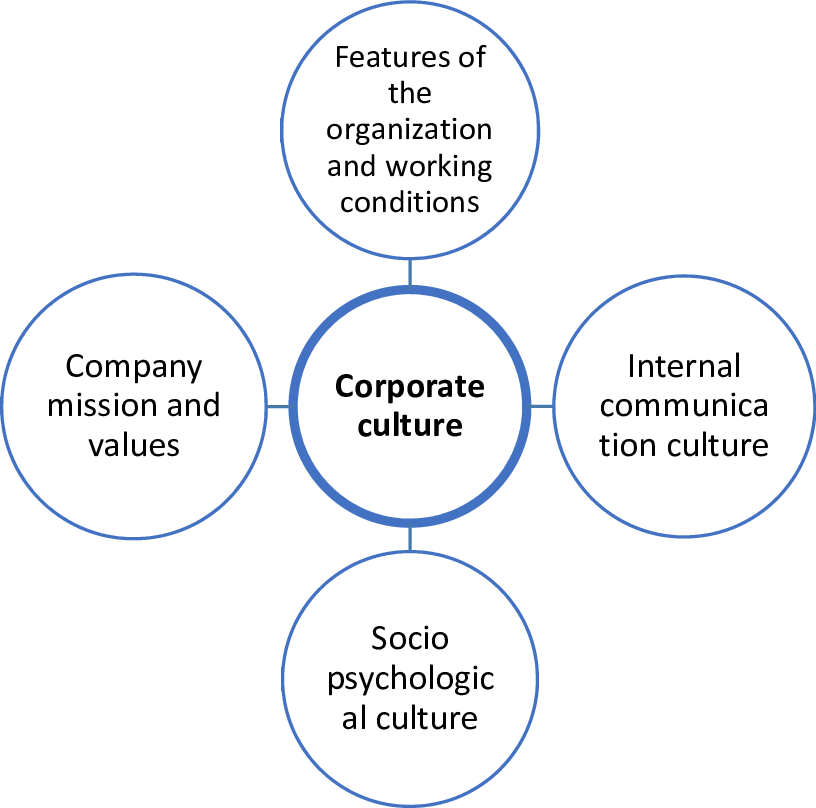
UNDERSTANDING CROSS-CULTURAL MANAGEMENT
Answers this questions
1. Explain The relation between the structure and the culture of an organisation.
2. Explain about Forms of organisational structure.
3. Explain The levels and values of corporate cultures.
4. Explain The notion of the cultural web as a metaphor for corporate culture.
6th session, Ch 8. Culture and Leadership Ch 9. Culture and Corporate Strategy


Ouchi put forward the Z theory to explain how Japanese management works and to show the Americans what they could learn from their Japanese counterparts. Many advocates of the theory indicate that type Z companies are among the most successful types of US companies.
How do you account for their success, bearing in mind that the principles of scientific leadership still predominate in that country?
-
One element of transformational leadership referred to in this chapter is charisma. Research shows that it is a universal attribute of good leadership. However, certain facets of charisma are valued differently in different countries.
Pinpoint which aspects of the leadership dimension outlined in Table 8.1 prevail in your country, especially in domestic companies.
-
Companies are becoming increasingly aware of the need for relation-oriented skills in their global endeavours. Female managers working for Western companies, for exam- ple, could generally be regarded as potentially effective managers in, say, Asia because of their person-oriented leadership skills. The consideration women show others, as well as their ability to empathise, are features that are said to be held in high esteem in that part of the world.
Why do you think that some multinationals nevertheless tend not to give serious consideration to female candidates for managerial positions in, for example, the Middle East?
-
When addressing the issue of global talent management, mention is made of the need to find a successful balance between setting global standardisation and implementing it according to local requirements. This is said to be the key to leaders ensuring quality management in the future.
What other key ways do you think leaders could use to ensure the same result?


7th session, Ch 10. Cultural Change in Organizations

Chapter 10. Cultural Change in Organization
LEARNING OBJECTIVE
1. Cultural change as a cultural process
- the process and mechanism of change
- organizational culture change
2. Organization change in global environment
- organization vs national culture
- existency of international corporate culture
- mapping corporate culture change
3. Case study
- cultural change at Samsung Electronic
4. Conclusion

EVALUATION
Chapter 10. Cultural Change in Organization
1. Explain about Cultural change as a cultural process
- the process and mechanism of change
- organizational culture change
2. Explain about Organization change in global environment
- organization vs national culture
- existency of international corporate culture
- mapping corporate culture change
8th session, MID TERM
9th session, Ch 11. Culture and International Marketing Management


Please identify about rendang goes to europe based on Wall and Rees (2004). You can find out other sources to make your analysis more comprehensive.
in Chapter 9, Wall and Rees (2004) separate out marketing activities as follows:
1. Market analysis with at least three elements: environment analysis : this involves making an inventory of the risks and opportunities in the company’s environment; buyer behaviour : the company needs to establish the profile of its (potential) customers and to know how and why they buy; market research : this is the way information concerning the company’s customers and environment is collected.
2. Marketing strategy. Once a market has been scanned using the above tools, the company has to develop a strategy to give a meaning and direction to its marketing activities. Th e following strategies are often used: market segmentation : taking a group of (potential) customers who share certain characteristics (such as age or income range or occupational profile); marketing mix : comprising, apart from the product itself, price, promotional activities and place.
# Identify based on market analysis and marketing strategy
# So, rendang goes to europe is part of global marketing or intercultural marketing?
1. The cultural differences in the behaviour of the consumer appear to be diminishing, competition is becoming more global than national, the marketing function of an enter- prise involves not only the complete organisation but also its environment, and multi- nationals are selling their products under the same brand.
Is it necessary, as marketer, to make a choice between global marketing and inter- cultural marketing?
2. Although advertising has been around for a long time, techniques have certainly evolved and the channels used have multiplied, with websites now playing an important role alongside television and radio, the press and posters. Nowadays consumers – in Western Europe at least – seem to appreciate advertising more than they used to. This is because it reflects the expectations of the consumer: more and more advertising is less to do with pushing the consumer into buying a product or service at any cost and more to do with keeping the consumer up to date on new products and services, providing more information and, most importantly, acting as a form of buying guide. The messages given are also clearer, more relevant and believable.
How do you account for this change? Use the concepts to support your arguments.
How is advertising perceived in your country? Do you see the same evolution as that described above?
10th session, Ch 12. Cultural Diversity in Organizations

UNDERSTANDING CROSS-CULTURAL MANAGEMENT
Learning outcomes Ch 12. Cultural Diversity in Organizations
After reading this chapter, you will gain insight into:
-
● The features of management culture required in multinational companies.
-
● The skills managers need to manage cultural differences in a global environment.
-
● The importance of ethical values in a context of cultural diversity.
-

Answers this questions..
1. Explain about the features of management culture required in multinational companies.
-
2. Explain the skills managers need to manage cultural differences in a global environment.
-
3. Explain about the importance of ethical values in a context of cultural diversity.
11st session, Ch 13. Business Communication Across Cultures
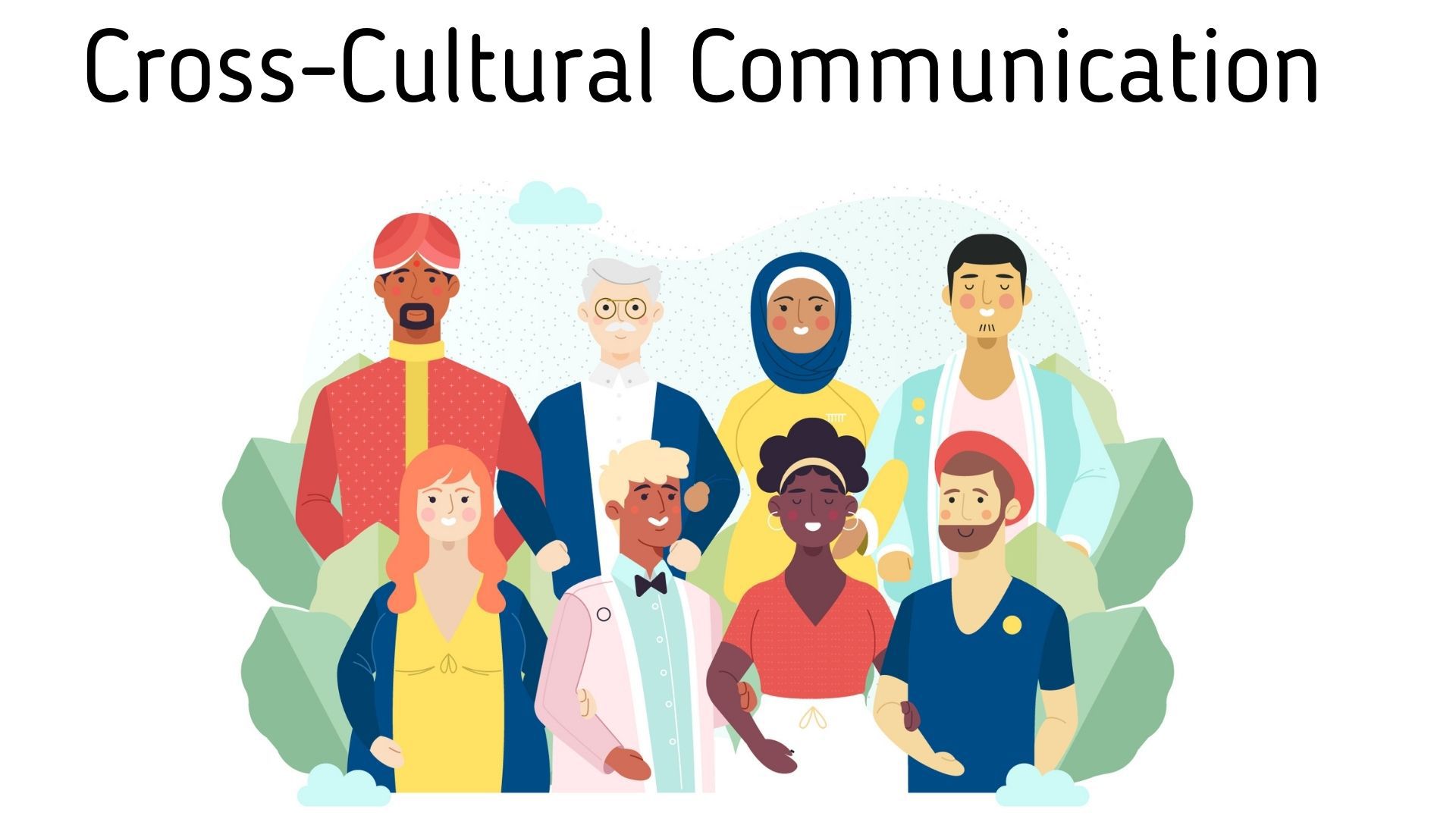

UNDERSTANDING CROSS-CULTURAL MANAGEMENT
Learning outcomes
Ch 13. Business Communication Across CulturesAfter reading this chapter, you will have acquired an overview of theories on communica- tion between cultures, as well as gained an understanding of:
-
● The different components that have an influence on the process of communication.
-
● The role of communication in business practices.
-

1. The concept examined three possibilities with regard to the use of language during a business encounter. A fourth possibility is for the manager in question to learn the target language and employ translators.
What advantages does this combination afford those involved?
2. When two people from different cultures meet in a business situation, the interaction, which is specific to each situation, does not allow the protagonists to be certain of the outcome of their encounter.
What, in your opinion, are the factors that can influence the outcome of an inter- cultural interaction? Explain how these factors can influence the outcome !
12nd session, Ch 14. Barriers to Intercultural Communication


UNDERSTANDING CROSS-CULTURAL MANAGEMENT
Learning outcomes Ch 14. Barriers to Intercultural Communication
After reading this chapter you will gain an understanding of:
● Those components of communication that can create obstacles in intercultural communication.
● The importance of the effects that barriers have on communication in business.
Answers this questions..
1. Explain about the components of communication that can create obstacles in intercultural communication.
2. Explain about The importance of the effects that barriers have on communication in business.
13rd session, Ch 15. Negotiating Internationally Ch 16. Working with International Teams



UNDERSTANDING CROSS-CULTURAL MANAGEMENT
Learning outcomes Ch 15
After reading this chapter you will:
-
● Understand how the perception of negotiating can differ from culture to culture.
-
● Be aware of how these different perceptions can affect the negotiating process between parties from different cultures and the eventual results.
-
● Be familiar with strategies of negotiation that are culturally responsive and which, at the same time, take account of the skills of the individuals involved.
-
- Answers my questions..
How the perception of negotiating can differ from culture to culture. ?
How these different perceptions can affect the negotiating process between parties from different cultures and the eventual results ?.
- Explain about strategies of negotiation that are culturally responsive and which, at the same time, take account of the skills of the individuals involved !
- Pekan ini
14th session, Ch 17. Conficts and Cultural Differences
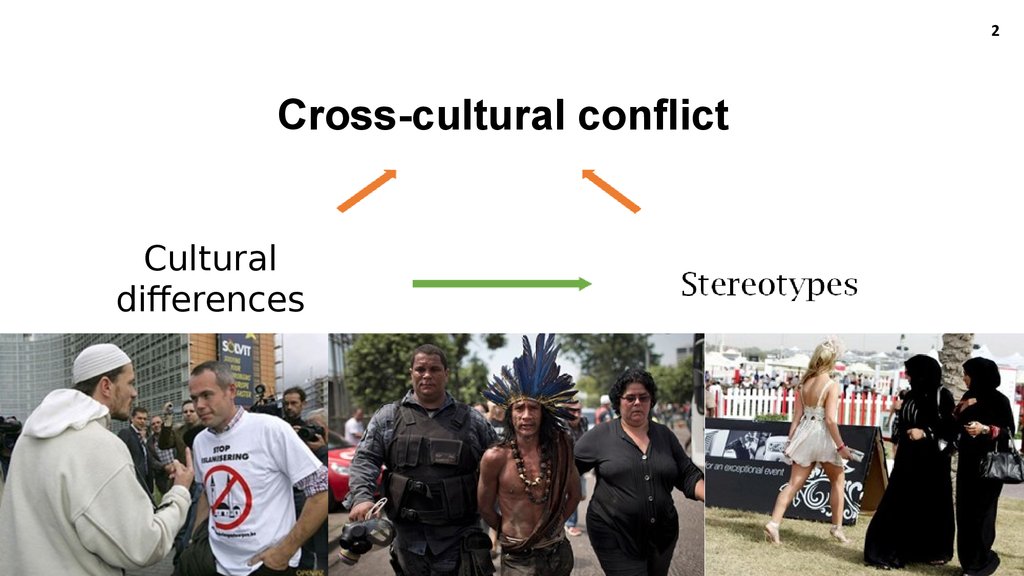

UNDERSTANDING CROSS-CULTURAL MANAGEMENT
Learning outcomes ch 17
After reading this chapter you will:
-
● Understand how the perception of negotiating can differ from culture to culture.
-
● Be aware of how these different perceptions can affect the negotiating process between parties from different cultures and the eventual results.
-
● Be familiar with strategies of negotiation that are culturally responsive and which, at the same time, take account of the skills of the individuals involved.
-
responsi 14th session
Answers this questions1. Expalain how the perception of negotiating can differ from culture to culture.
-
2. Explain how these different perceptions can affect the negotiating process between parties from different cultures and the eventual results.
-
3. Expalin about the strategies of negotiation that are culturally responsive and which, at the same time, take account of the skills of the individuals involved.
15th session, Ch 18. Developing Intercultural Communicative Competence

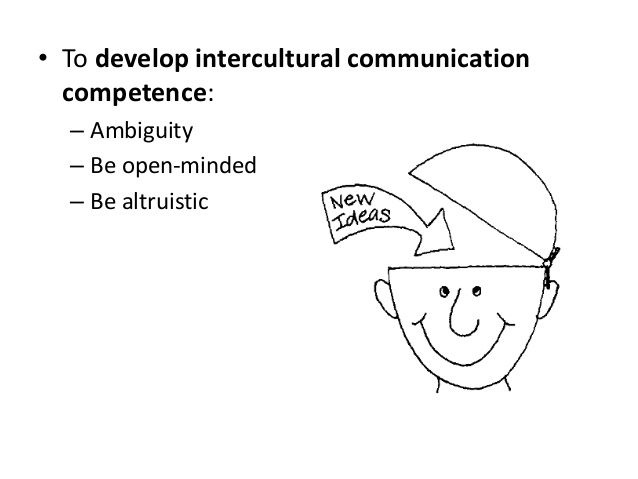

Answers this questions..
1. Expalin about the difficulties inherent in intercultural communication.
-
2. Explain about the prerequisites of successful intercultural communication.
-
3. How to be able to reflect on the knowledge, motivation and skills required to become a com- petent intercultural communicator.
SESSION 16 FINAL EXAM (TUESDAY, DEC 13th 2022, 13.00-14.00 PM)
The final exam will be held on Tuesday, Dec 12th 2022 at 08.00-09.00 am
Instructions for doing the exam:
1. Pray before working on exam.
2. Don't forget to write down your name and student number (NPM) on the answer sheet.
3. This exam is open book/e-book/internet
NOTE: No make-up exam, only two attempts for doing the exam, and make sure the internet network is stable
FINAL EXAM
CROSS-CULTURAL MANAGEMENT
1. International negotiation has its own art and way of doing it.
a. Explain how the perception of negotiation can differ between cultures?
b. How can differences in perception affect the negotiation process? Give examples..
c. What is a culturally responsive negotiation strategy?
d. What is the basic concept of negotiation!
e. Explain the aspects of negotiation that must be understood in order for negotiation to be successful!
f. How is the negotiation process successful?
2. Cooperation in teams between different cultures has its own uniqueness and challenges in solving problems that occur in each organization.
a. Explain the tasks and processes of teams that have cultural differences in an organization!
b. Explain the strategies used for global teams!
c. Explain 4 strategies to overcome obstacles in multicultural team management according to Chevrier.
3. Cross-cultural marketing has its own challenges in achieving optimal results. Therefore, a deep understanding is needed for this problem.
a. What is meant by international marketing? Give an example..
b. What is meant by cross-cultural marketing? Give an example..
c. How do cross-cultural consumers behave in buying a product?
4. Cultural differences in international companies force companies to respect the culture in their place of residence, so that important decisions are made based on local culture.
a. In what ways does national culture influence strategy?
b. Mention 4 ways of strategic alliances and business culture!
c. Why is McD easily famous all over the world?
d. What is the ideal organization expected?
e. How to change an organizational culture?



